Edo Kiriko: The Art of Japanese Glass Cutting
Edo Kiriko is a traditional Japanese glass-cutting art form that has captivated enthusiasts for nearly two centuries. With its intricate designs and precise craftsmanship, this age-old craft continues to shine brightly in the modern world.
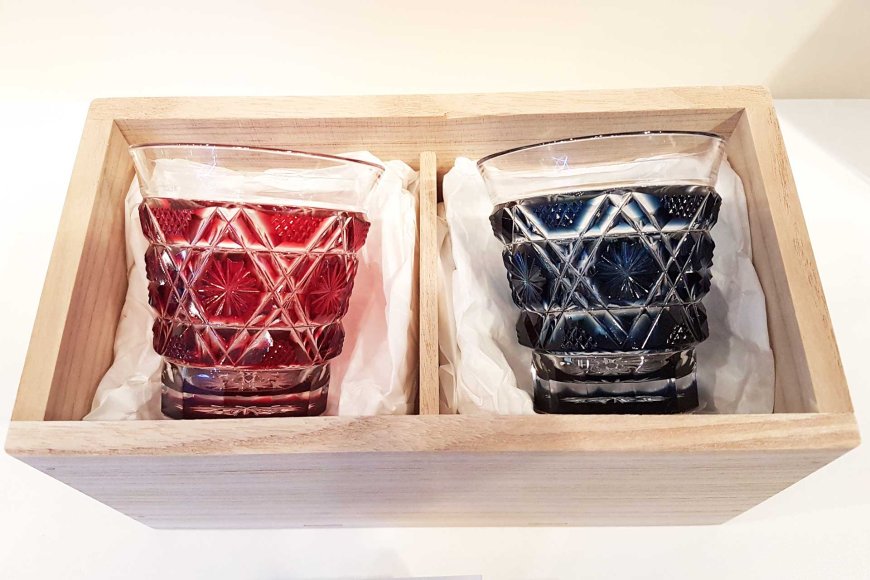
Beauty and History of Japan's Edo Glass Craft
Edo Kiriko is a traditional Japanese craft that has been enchanting people with its exquisite beauty for nearly two centuries. Originating in Edo, now known as Tokyo, this art form is celebrated for its intricate patterns and delicate craftsmanship. Edo Kiriko involves the meticulous cutting and polishing of glass to create beautiful, detailed designs.
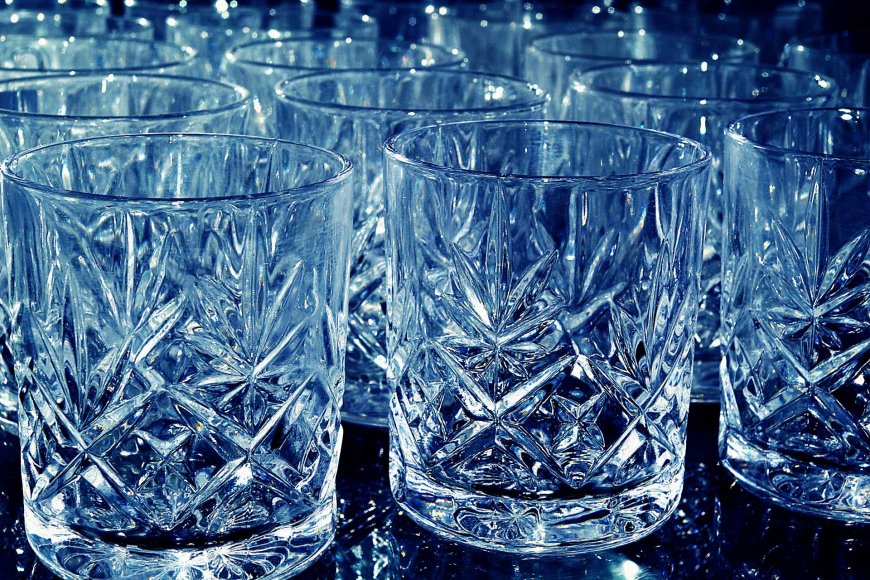
The Origins of Edo Kiriko: A Glimpse into History
The history of Edo Kiriko dates back to the early 19th century during the late Edo period (1603–1868). It was introduced to Japan by a glass merchant named Kagaya Kyubei, who, inspired by Western glass-cutting techniques, began experimenting with glass in the bustling city of Edo. In 1834, Kagaya Kyubei used a grindstone to cut patterns into glass, marking the beginning of Edo Kiriko. Initially, the craft was influenced by Western styles and techniques, but over time, Japanese artisans incorporated their own aesthetics, blending traditional Japanese motifs with the Western methods.
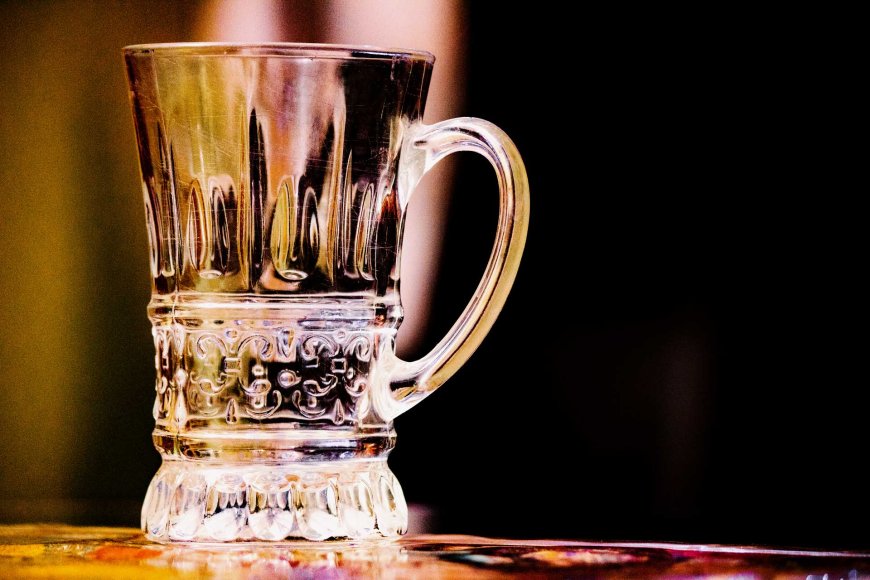
Edo, being the cultural and economic heart of Japan at the time, provided a fertile ground for this new craft to flourish. The vibrant merchant class in Edo embraced Edo Kiriko, using it for everyday items like sake cups and dishes, which elevated these objects from mere utilitarian tools to works of art. The elegance and sophistication of Edo Kiriko soon caught the attention of the upper classes, and the craft gained popularity across Japan.
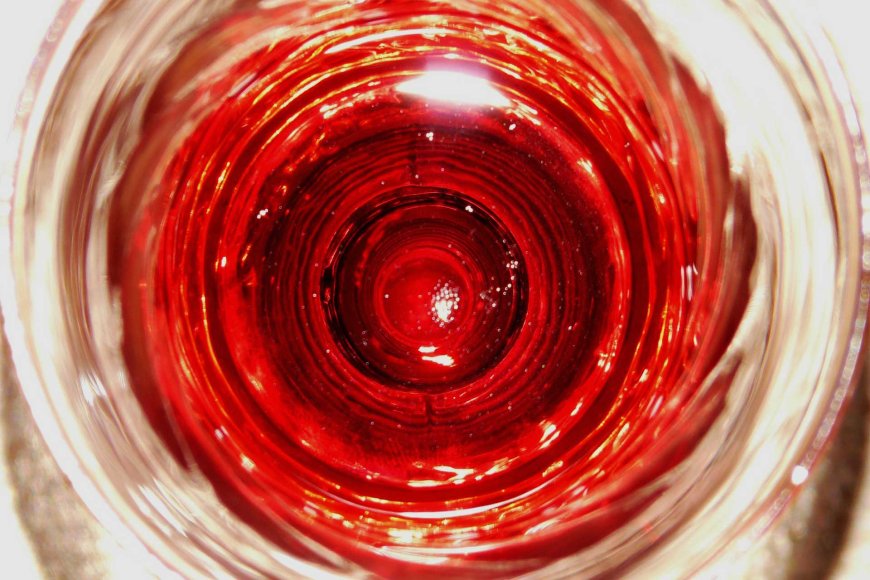
The Craftsmanship: Techniques and Designs
What sets Edo Kiriko apart is the intricate hand-cut designs that adorn each piece. Artisans use a variety of tools, such as diamond-tipped wheels and grinding stones, to carve patterns into the glass surface. The process requires precision, patience, and a deep understanding of the material. A typical piece of Edo Kiriko involves several stages, starting with selecting high-quality glass. The glass is then coated with a thin layer of colored glass, usually red or blue, creating a canvas for the artist.
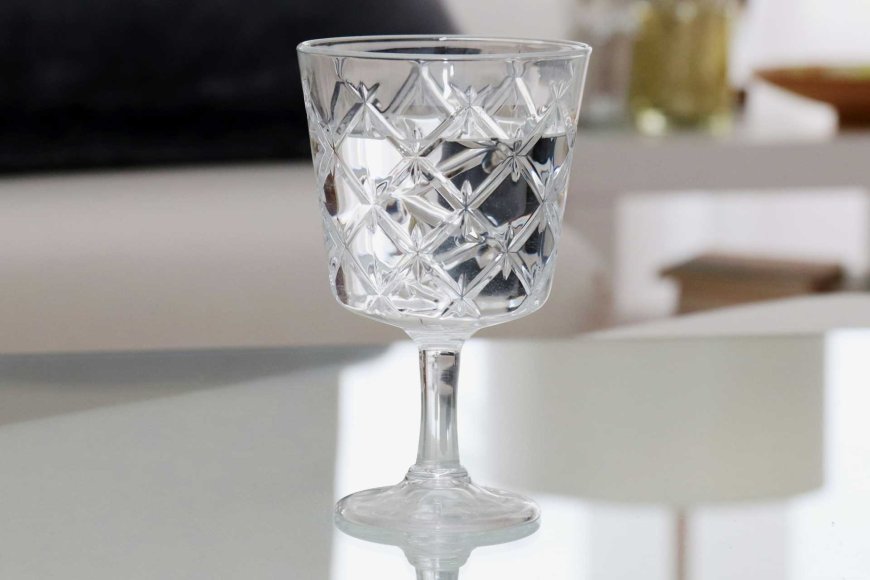
The cutting process, known as "sashi-kiri," is where the true artistry of Edo Kiriko comes to life. Using a rotating cutting wheel, the artisan carefully carves out patterns, revealing the clear glass beneath the colored layer. Common designs include traditional Japanese motifs such as chrysanthemums, cherry blossoms, hemp leaves, and tortoiseshell patterns. Each cut is meticulously planned and executed, with the artisan's skilled hand ensuring that the depth, angle, and width of the cuts are consistent.
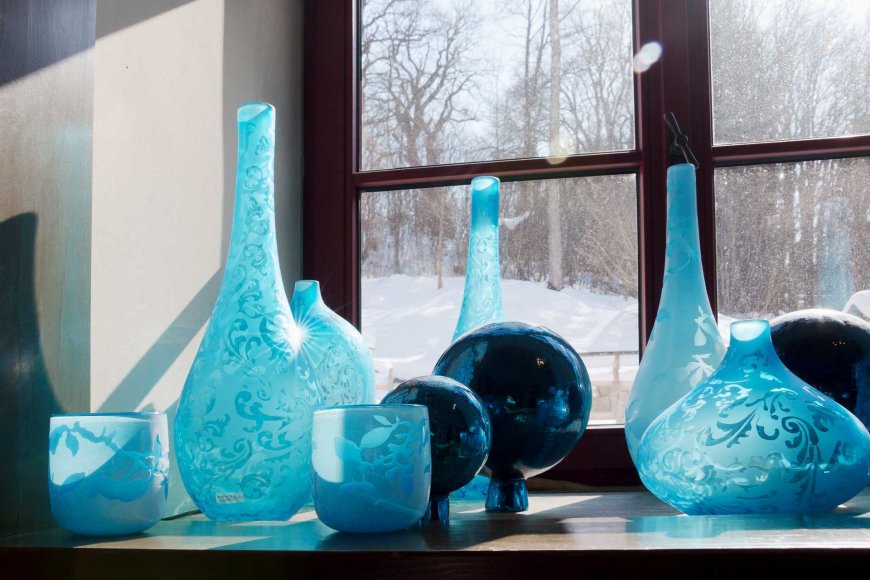
Once the cutting is complete, the piece is polished to a brilliant shine. This polishing process not only enhances the transparency of the glass but also makes the intricate patterns stand out. The final product is a stunning work of art that captures light in a mesmerizing way, with the interplay of colors and patterns creating a kaleidoscopic effect.
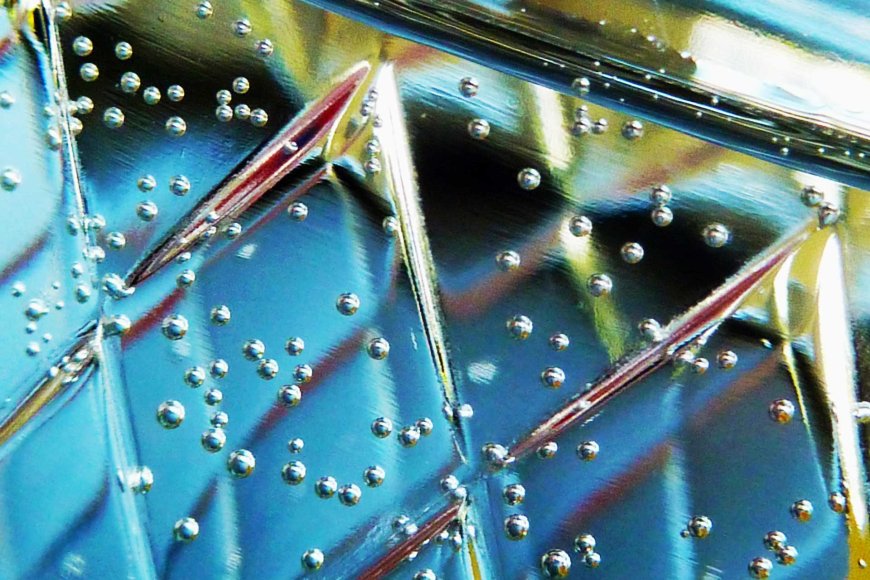
The Cultural Significance: A Reflection of Japanese Aesthetics
Edo Kiriko is more than just a craft; it is a reflection of Japanese aesthetics and culture. The designs used in Edo Kiriko often draw from nature, which holds a special place in Japanese art and philosophy. The choice of motifs like flowers, leaves, and geometric patterns reflects a deep appreciation for the natural world and the cycles of life. This connection to nature is a fundamental aspect of Japanese art, where simplicity and elegance are highly valued.
The precision and discipline required in creating Edo Kiriko also mirror the Japanese cultural emphasis on craftsmanship and attention to detail. Every piece of Edo Kiriko is a testament to the artisan's dedication and skill, embodying the Japanese concept of "monozukuri" — the spirit of making things with meticulous care and continuous improvement.
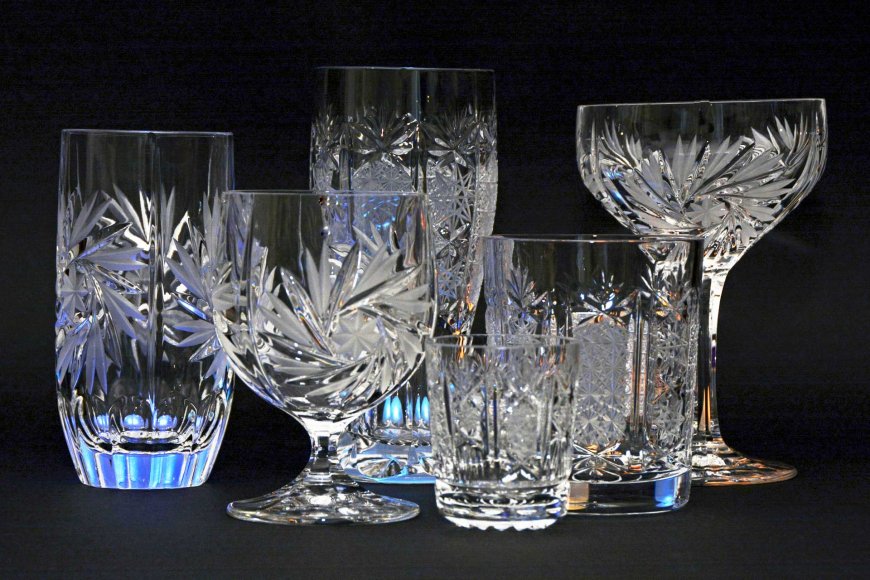
Edo Kiriko Today: Preserving Tradition in a Modern World
Despite the challenges posed by modernization and the mass production of glassware, Edo Kiriko has managed to survive and even thrive. The craft has been recognized as a traditional Japanese craft and is protected as an intangible cultural property. Efforts to preserve and promote Edo Kiriko include the establishment of workshops, exhibitions, and educational programs that pass down the techniques to new generations of artisans.
Contemporary Edo Kiriko artists are also finding innovative ways to keep the tradition alive. By experimenting with new colors, patterns, and forms, these artists are creating pieces that appeal to modern tastes while staying true to the essence of Edo Kiriko. This blend of tradition and innovation has allowed Edo Kiriko to maintain its relevance and allure in the modern world.
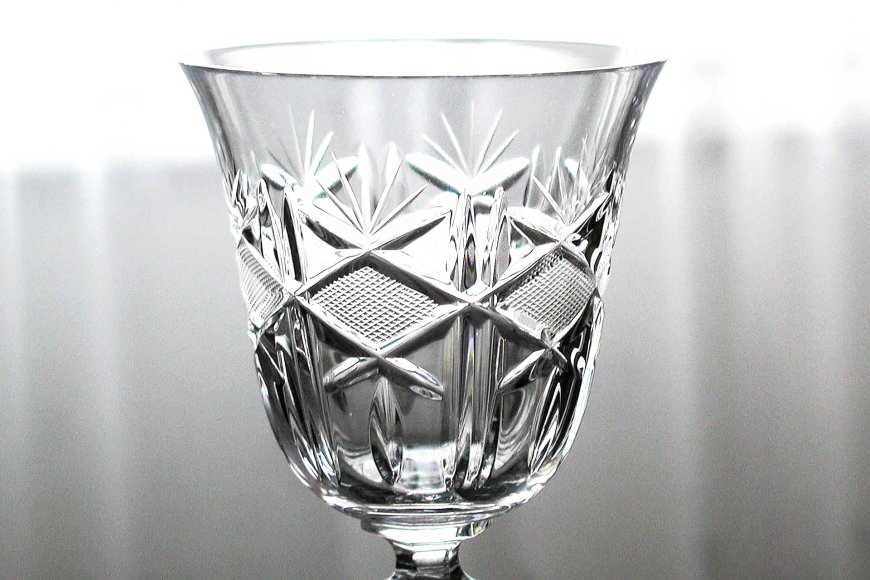
The Lasting Charm of Edo Kiriko
Edo Kiriko remains a shining example of Japanese craftsmanship and artistry. Its enduring appeal lies in its ability to blend beauty and functionality, tradition and innovation. Each piece of Edo Kiriko is a window into Japan's rich cultural heritage, a testament to the artistry of its makers, and a celebration of the natural world. As Edo Kiriko continues to evolve, it stands as a reminder of the timeless beauty that can be achieved when tradition is honored and creativity is embraced.
Find Cheap Flight Tickets to any Destinations in Japan and the Philippines
Nipino.com is committed to providing you with accurate and genuine content. Let us know your opinion by clicking HERE.































































